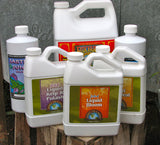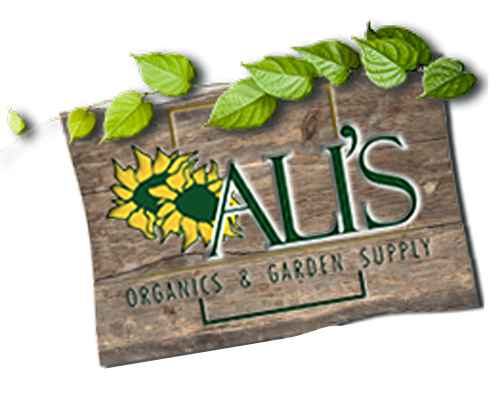Using Liquid Fertilizers
Posted March 16, 2013


When using liquid fertilizer as a foliar spray, it should be done in the cooler part of the day to prevent leaf sun-scald. Early morning, late afternoon or even overcast days.
Spraying can be done as often as daily to every weeks for best results. When fertilizing daily, use a week solution. So when the label reads; dilution rate of 4 tablespoons of fertilizer to 1 gallon of water, you can use 1/2 T to 1 T per gallon of water. Daily feeding is generally not necessary unless you are a commercial grower or want quick results for hanging baskets and potted plants. Weekly feedings are typically the best for home growers. Using the full recommended dilution amounts are best for veggies, flowers and other outdoor plants.
Tomatoes do especially well when they receive a weekly feeding of liquid bone meal. Bone Meal is high in phosphorous which feeds the fruiting and flowering process, which in turn producing more delicious tomatoes!
Using a liquid kelp it not only feeds the plants and gives them extra minerals, it acts as a protectant to highs and low temperatures. Bugs seem to stay away from plants that have been sprayed with kelp on a weekly basis. Liquid kelp simulates the plants, encourages healthy growth and is excellent when sprayed on new transplants.
There are many choices for organic liquid fertilizers. When growing leafy green vegetables look for a higher nitrogen fertilizer like Earth Juice Grow, but when growing peppers, tomatoes and or flowers, a Liquid Bone Meal, Liquid Bloom or Earth Juice Bloom is a better choice.
Always remember when using organic liquid fertilizer concentrates, shake the bottle well before measuring. Many of the nutrients settle to the bottom and need to be mixed up!



Comments (3 Comments)
This will all depend on the size of the crape myrtle AND the type of fertilizer to be used.
If using Big Bloom ~
http://www.alisorganics.com/products/big-bloom-liquid-plant-food
A root drench would be best at the rate of 4 Tablespoons per gallon of water. Smaller trees, 1-2" caliber, a mixed gallon would be sufficient. adjust accordingly for the size of the tree.
Posted by Ali's Organics on August 23, 2016
I have four crape myrtles in my yard. How much solution should I use for each tree, which are scattered in different areas of my yard/
Posted by John Cunningham on July 25, 2016
Very good information. Am a small tomato farmer living in Jamaica WI.
Posted by joel haughton on September 30, 2014
Post Comment